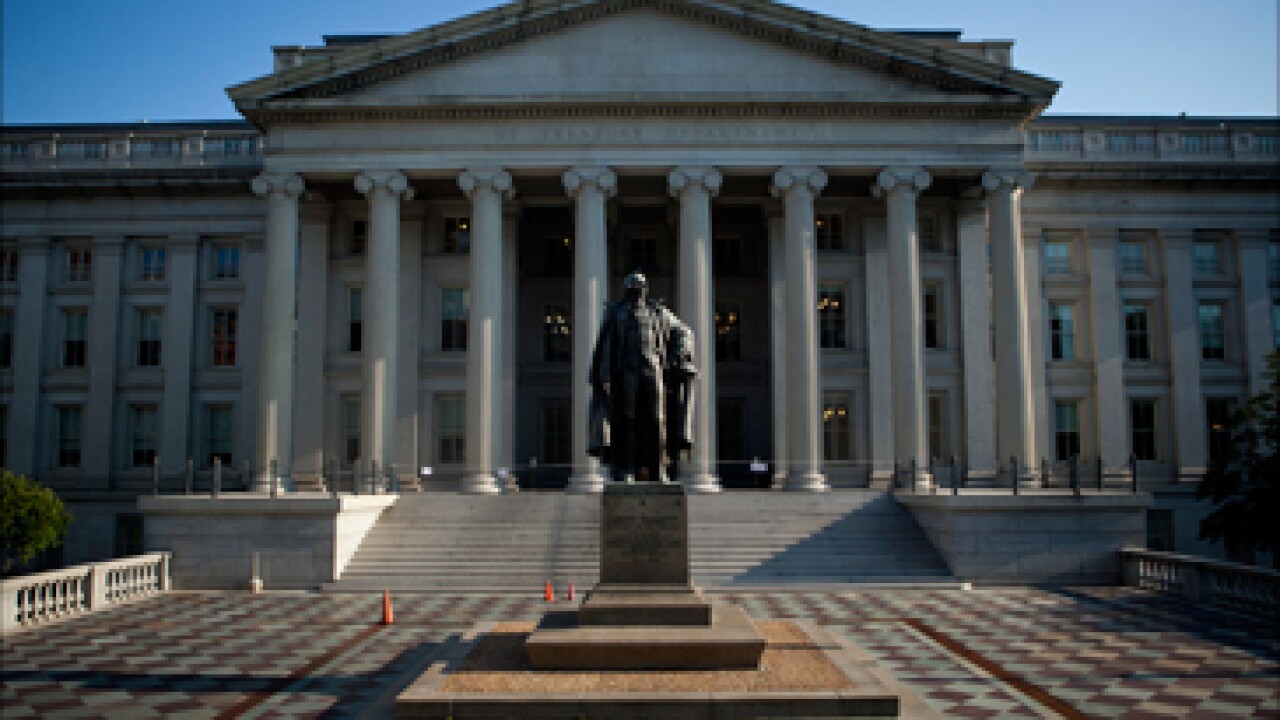-
Thirty U.S. financial institutions on Friday received a new batch of instructions to perform their annual stress test exercise next year, the Federal Reserve Board said. Unlike last year, however, the Fed added a few changes given its ongoing concern tied to securities financing transactions.
November 1 -
Comerica, Huntington, M&T Bank, Northern Trust and Discover are among the next wave of holding companies set to join the 18 others now required to participate in annual exams that test banks' capital strength in times of stress.
July 24
The idea of stress testing may have some community bank executives stressed out in coming weeks.
That shouldn't be the case, some industry experts say, because such testing can provide valuable insight into a number of business decisions. The key is to conducting a successful stress test involves finding the appropriate data, then using the results to guide future decisions.
"Banks forget to use the results," says Shaheen Dil, managing director of risk and compliance at Protiviti. "The results have to be actionable. That is an immediate test as to whether the process was proper."
The Dodd-Frank Act
Other bankers are worried that testing could
The $97 million-asset CSB&T already stress tests, and Cole adds that Martin Gruenberg, chairman of the Federal Deposit Insurance Corp., has provided assurance in meetings that the agency will not require testing from institutions that are exempt by regulation.
The Office of the Comptroller of the Currency issued guidance in October 2012 stating that "community banks, regardless of size, should have the capacity to analyze the potential impact of adverse outcomes on their financial conditions."
Bankers that forgo stress testing are making a mistake, industry experts say. All community banks should have some form of stress test, even if it is a much simpler than what larger banks are conducting.
"It is part of good prudent management to assess your financial institution's stability," says Craig Miller, co-chair of the financial services and banking division at Manatt, Phelps & Phillips. "It is about really understanding what the bank is doing and the economic impact of different scenarios."
Previously, banks were more focused on finding out how changes in interest rates would influence their bottom lines, Miller says. Since the financial crisis, banks have started to examine how economic conditions will affect their loan books and whether they have too much concentration in one area, he says.
Stress testing can be onerous for smaller banks, which tend to have fewer internal risk management resources and internal modeling, says James Kaplan, a partner at Quarles & Brady. Loans within the commercial and industrial or commercial real estate portfolios require added scrutiny, so banks that are concentrated in those areas may spend more time on a test, he says.
Testing "requires a greater portion of time and attention than it would from your bigger players that have internal resources," Kaplan says. "Bigger banks know how to model for certain factors and that's not true for many community banks."
Smaller banks also lack access to data, such as historical defaults and recoveries, to properly complete a stress test, industry experts say. Executives can remedy this problem by buying data from a third-party vendor or finding publicly available pooled data, says Ken Yu, an analytical services consultant, risk and performance at SunGard.
Banks should also make sure the data they use is relevant to their portfolio, Dil says.
"You don't want your stress test to be a process you pull out of the closet once a year," Yu says. "You need to embed it in your organization. Otherwise you are just spending money on it for nothing."
BancorpSouth in Tupelo, Miss., is trying to make stress testing part of its infrastructure and regular operations, says Ty Lambert, a first vice president at the $13 billion-asset company. BancorpSouth worked with SunGard to build a stress testing platform to meet Dodd-Frank requirements. Still, management sees using the process for more than just checking a regulatory requirement off of a list, he says.
Lambert envisions completing monthly analyses and using the results to inform decisions about potential acquisitions, loan concentrations and dividends. The results will be shared with top executives and the board.
For banks looking to ramp up stress testing capabilities, it's important to develop a "road map" in advance to outline how the results will be used, Lambert says.
"We wanted to expand our risk management tools," Lambert says. "The road map is crucial. Once the test is developed, it's harder to go back and fit that in."
Smaller banks should cater stress tests to their individual needs, Dil says. The OCC, in its guidance, "encourages community banks to adopt a stress test method that fits their unique business strategy, size, products, sophistication, and overall risk profile."
A more in-depth loan portfolio review might be sufficient for smaller banks that have less complex assets, Kaplan says.
Executives should make sure they understand the specific industries that they lend to, says Vincent Schmeltz 3rd, a partner at Barnes & Thornburg. This could mean bringing in an outside consultant with a broader understanding of the local economy and key industries, he says. Top executives and directors should also be involved in the process.
Board meetings should feature in-depth discussions, with reporting and data, to examine a portfolio's "different sectors and [develop an] understanding" of the 10 most significant borrowers, Schmeltz says.





